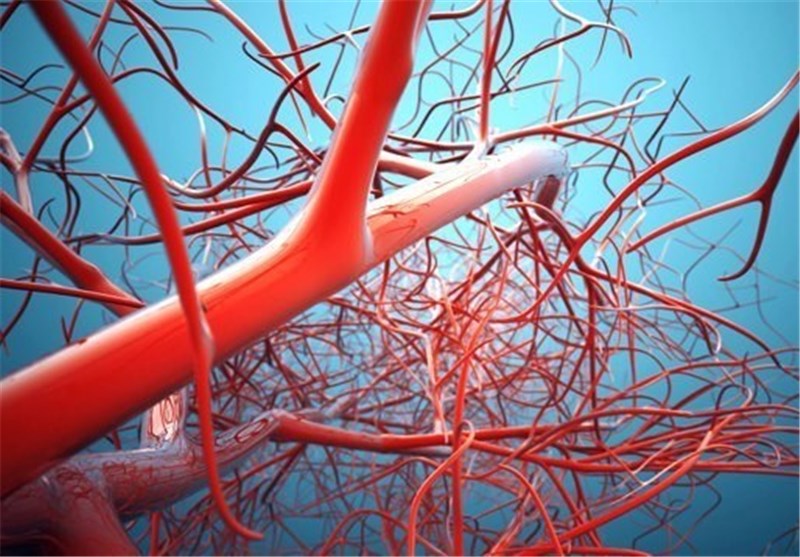How And Why Blood Clots Shrink
TEHRAN (Tasnim) - Research elucidating how blood clots contract could help in the development of new treatments for heart attack and stroke.
Researchers have used high-powered microscopy and rheometry -- the measurement of how materials become deformed in response to applied force -- to view the blood clotting process in real time and at the cellular level. The findings will be useful in the development of new therapies for clotting disorders.
Blood clotting is the "Jekyll and Hyde" of biological processes. It's a lifesaver when you're bleeding, but gone awry, it causes heart attacks, strokes and other serious medical problems. If a clot grows too big, pieces dislodged by blood flow (emboli) can block downstream blood vessels in the lungs or brain, leading to life-threatening complications such as pulmonary embolism or ischemic stroke. Therefore, once a clot forms, even for beneficial reasons, it must shrink and disappear after wound healing starts to maintain normal blood flow.
While scientists know a lot about how blood clots form, relatively little was known about how they contract -- a slow process that takes an hour to complete, Science Daily reported.
In an article published recently in Nature Communications, researchers at the University of California, Riverside and the University of Pennsylvania School of Medicine used high-powered microscopy and rheometry -- the measurement of how materials become deformed in response to applied force -- to view that process in real time and at the cellular level. The findings will be useful in the development of new therapies for clotting disorders.
As a result of injury or inflammation, platelets in blood get activated, become sticky, and bind together and with a stringy protein called fibrin to form a mesh-like plug (the blood clot) that stops bleeding into tissue. Platelets play a central role in clot contraction, but, until now, scientists haven't been able to show exactly how they accomplish this.
As described in the paper, clot shrinkage occurs when platelets form hand-like protrusions called filopodia. These filopodia then attach to fibrin fibers and reel them in using the same hand-over-hand action used by a person pulling on a rope. The platelets retain the fibrin in tiny, tightly wound bundles, therefore remodeling the fibrin mesh to make it more dense and stiff. The reeling action also brings platelets and clusters of platelets closer together, reducing the overall volume of the clot followed by complete dissolution by fibrinolytic enzymes.
The research was led by Mark Alber, a distinguished professor of mathematics in UCR's College of Natural and Agricultural Sciences, and two researchers at the University of Pennsylvania Perelman School of Medicine: John Weisel, professor of cell and developmental biology, and Rustem Litvinov, research scientist. Oleg Kim, a researcher in UC Riverside's College of Natural and Agricultural Sciences and a visiting scientist at the University of Pennsylvania, was the first author on the paper.
Alber said the findings highlight a new role for filopodia, which were previously thought to help cells move around and sense their environment.
"Until now, we knew very little about how individual platelets or small clusters of platelets exert a contractile force on fibrin fibers and how this tension collapses a clot's structure and reduces its size," Alber said. "Through this research, we have revealed a novel function for filopodia, which is their ability to re-arrange the fibrin matrix to cause clot shrinkage. These findings will aid in the design of thrombolytic therapeutics for enhanced treatment of blood disorders, including thrombosis and thromboembolism."





